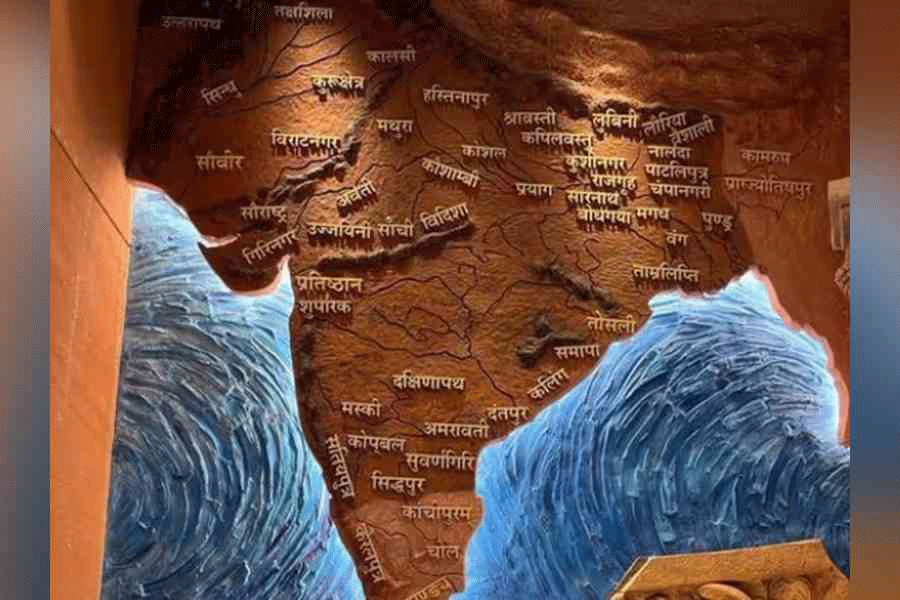Having global ambitions is a virtue. Harbouring imperial dreams of land grab is not. A mural depicting a map of India that includes parts of Pakistan and Nepal in the new Parliament building unveiled by the prime minister on May 28 has needlessly stirred up tensions in a neighbourhood where New Delhi is, in any case, struggling to assert itself. The government of Pakistan and senior politicians in Nepal have protested against the artwork, described by some leaders of the ruling Bharatiya Janata Party as a map of Akhand Bharat, the concept of a grand, unified India that spans most of present-day South Asia. It is an idea that the BJP’s ideological parent, the Rashtriya Swayamsevak Sangh, has long propagated, and one that has always made India’s neighbours uneasy as they have tried to forge their individual post-colonial identities in the shadow of the giant that is India. The ministry of external affairs has responded to criticism of the mural by arguing that it shows the extent of Ashoka’s empire and the Mauryan king’s people-oriented rule. That the BJP's own leaders gave the mural a political colour undercuts the foreign office’s explanation and creates the impression that the government wants to simultaneously send two distinct messages — one to its domestic constituency and the other to wary neighbours.
Yet, the latter is likely to also ring hollow to many in South Asia because of the link it seeks to draw between territorial expansion and citizen welfare. In fact, throughout history, the two have rarely gone together. That is also the story of the present, where in Kashmir and the Northeast, the Indian State has repeatedly made it clear that it cares more about the land than the people who live on it. Kashmiris, for instance, were never consulted before New Delhi decided to revoke the special status the region had enjoyed up until 2019. It is dangerous for Indian diplomacy to play along with the controversial message the mural sends. Across South Asia, China is slowly eroding India’s traditional dominance, presenting itself as an alternative partner that is a global power with economic promises that New Delhi cannot match. India's strongest argument to other South Asian nations is to remind them of China's predatory behaviour with its neighbours, whether it is in the South China Sea or the Himalayas. It cannot do that convincingly if it is itself seen to be openly coveting the territories of others.











